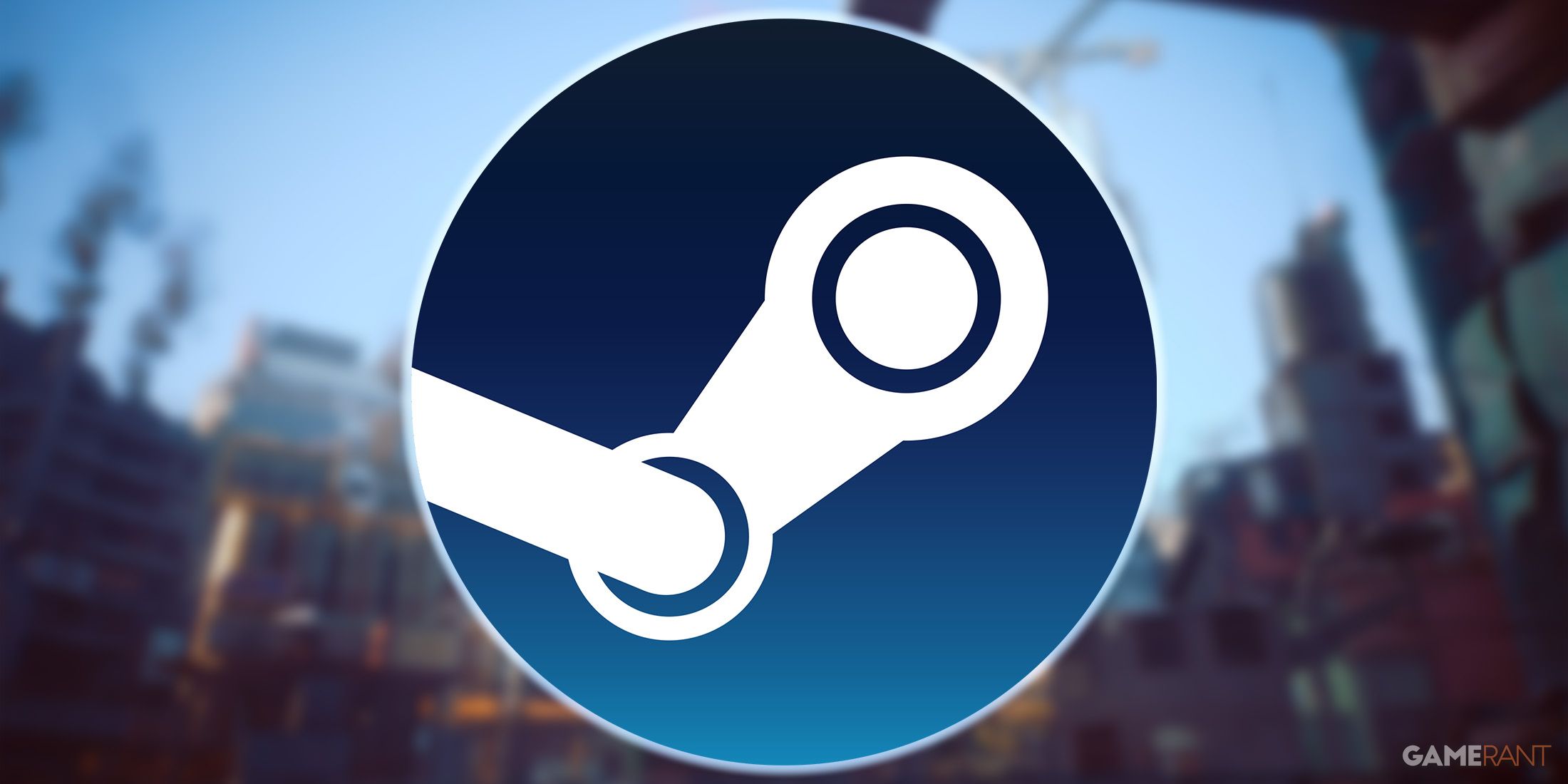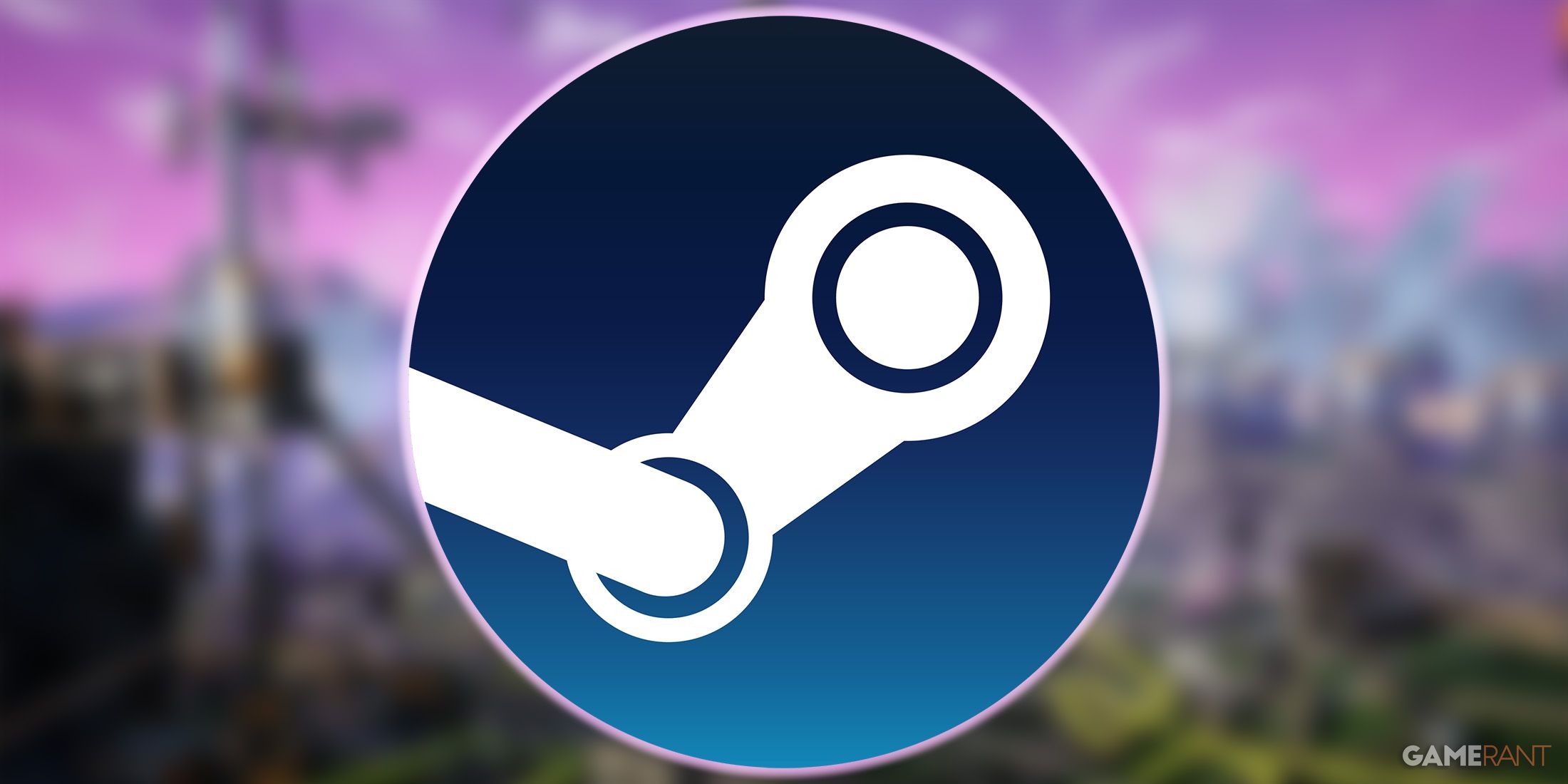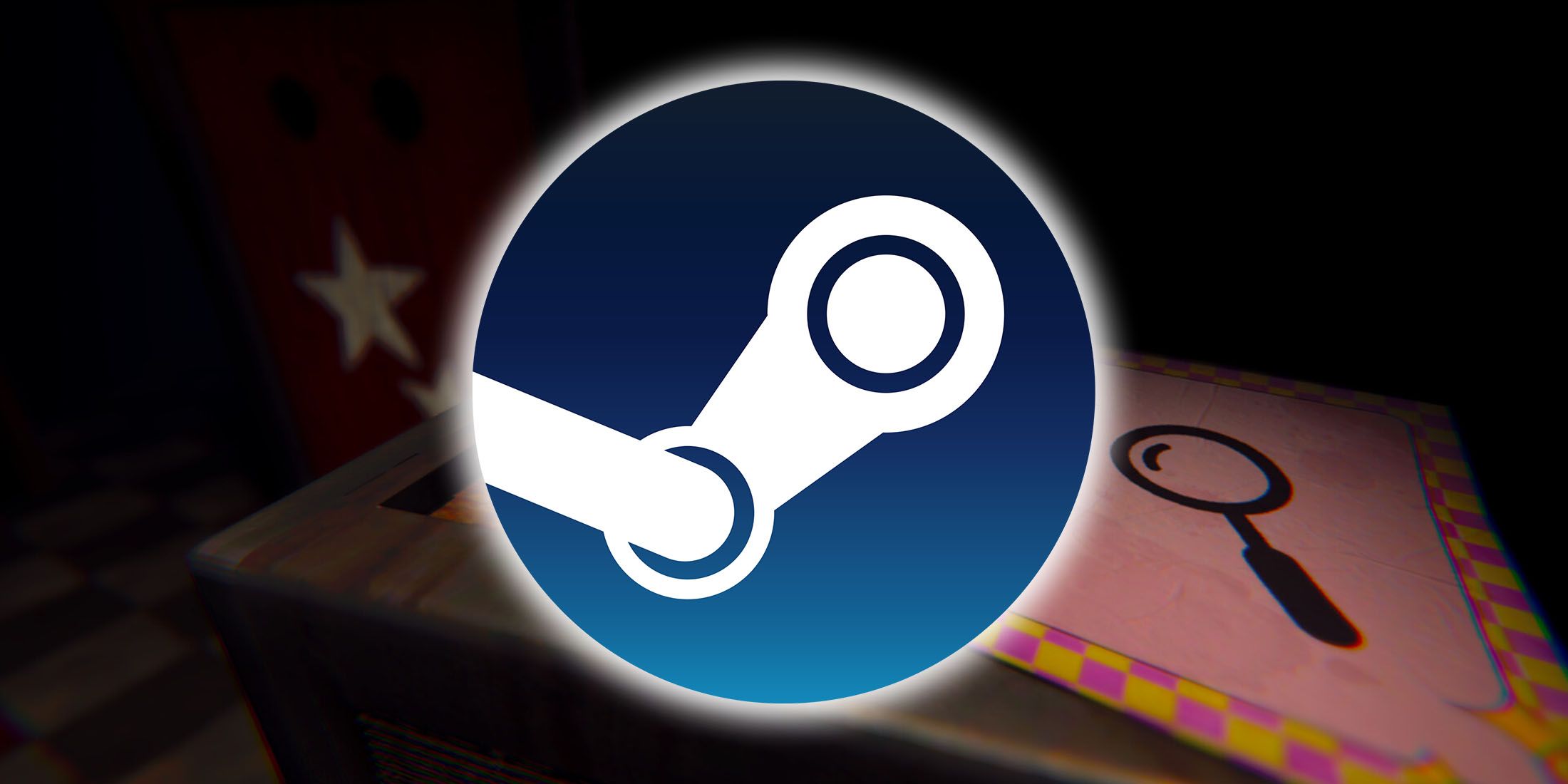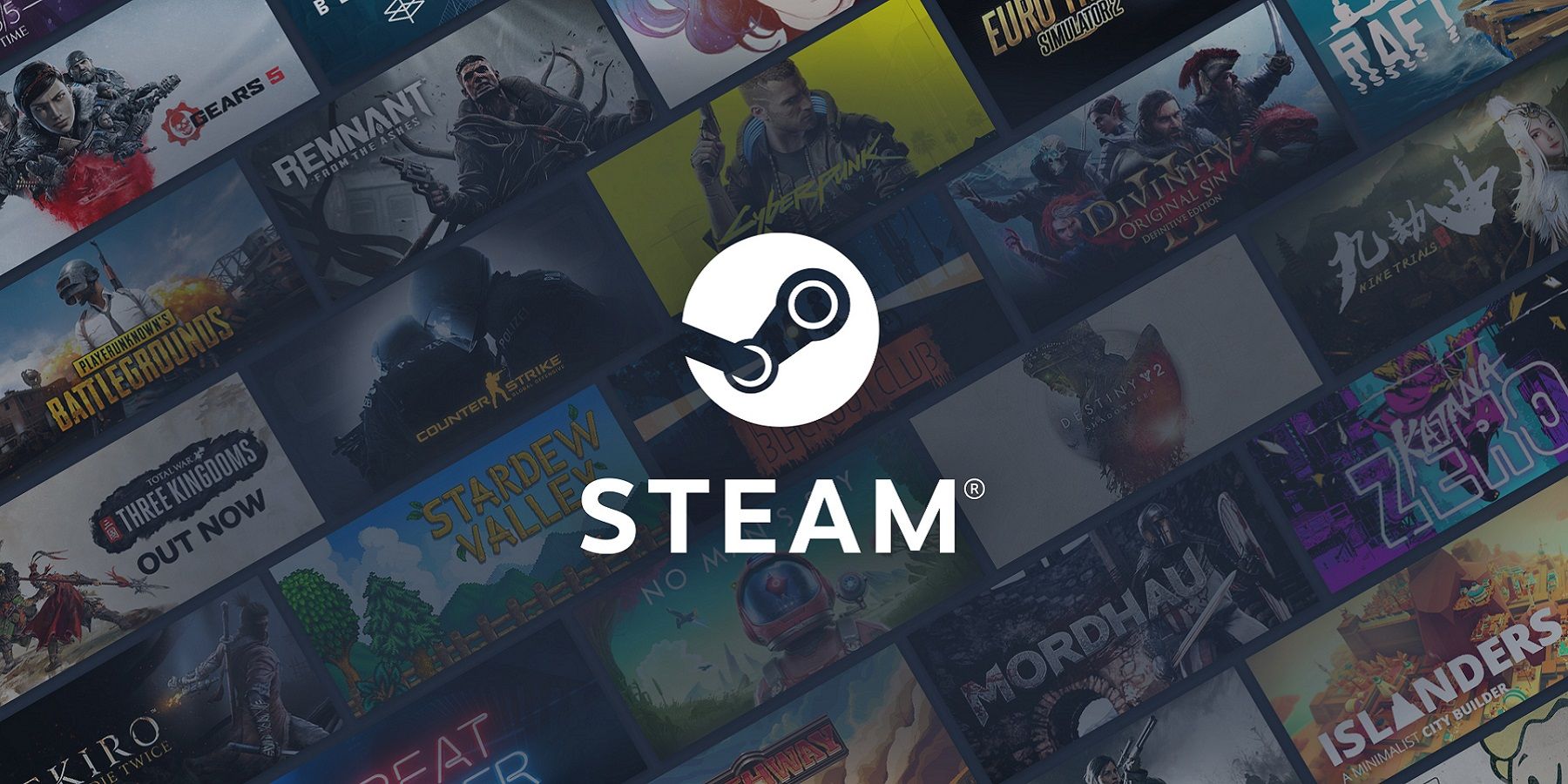A profile dedicated to showcasing how websites used to look has revealed the more retro aesthetic of Steam dating back to pre-launch in 2002, showing how the service has changed its appearance over the years. With Valve's Steam Deck going down as one of the best pieces of hardware of 2022, Gabe Newell and his team continue to dominate the PC market. The gaming client has been a staple of the industry for almost 20 years, but it didn't always have its current distinctive look.Beginning life officially in September 2003, Valve initially wanted to provide a way for gamers to keep up to date with the studio's own releases, such as the original Half-Life, before offering third-party downloads for other games beginning in 2005. Since then, the platform has become many PC gamers' default digital choice for AAA and indie titles. Over the past two decades, Steam has continued to smash concurrent player records, with recent figures showing more 32 million users online at once.Of course, it had to start somewhere, and that's where Web Design Museum comes in, a site that specializes in chronicling the history of websites. On its Twitter account, the museum posted a number of screenshots showing what the Steam website used to look like in the heady days of the early 21st century. It shows how the service advertised three bundles — bronze, silver, and gold — while also promoting Half-Life 2, which dropped the previous year. Viewers will also notice the website doesn't sport the dark blue that most are accustomed to, instead featuring an olive green as its main color.
There were also links to some of Valve's other games, including Counter-Strike and the World War 2 FPS Day of Defeat, which, much like the former, started as a mod for Half-Life. However, unlike CS and Team Fortress, Day of Defeat didn't quite catch on, though it still retains a small community of dedicated fans. The Web Design Museum also links to a timeline showing what Steam looked like in 2002, just before its official release, showing a very different beast to the 2023 version, though it still has the same iconic logo.
While there are alternative game clients such as Epic Games Store and GOG, Steam is ultimately the head honcho of the PC market. For many, it's hard to imagine life as a gamer without Valve's distribution service, and the archived versions of the website really do paint a picture of what things were like during the first days of digital gaming.
Source: PC Gamer, Web Design Museum




